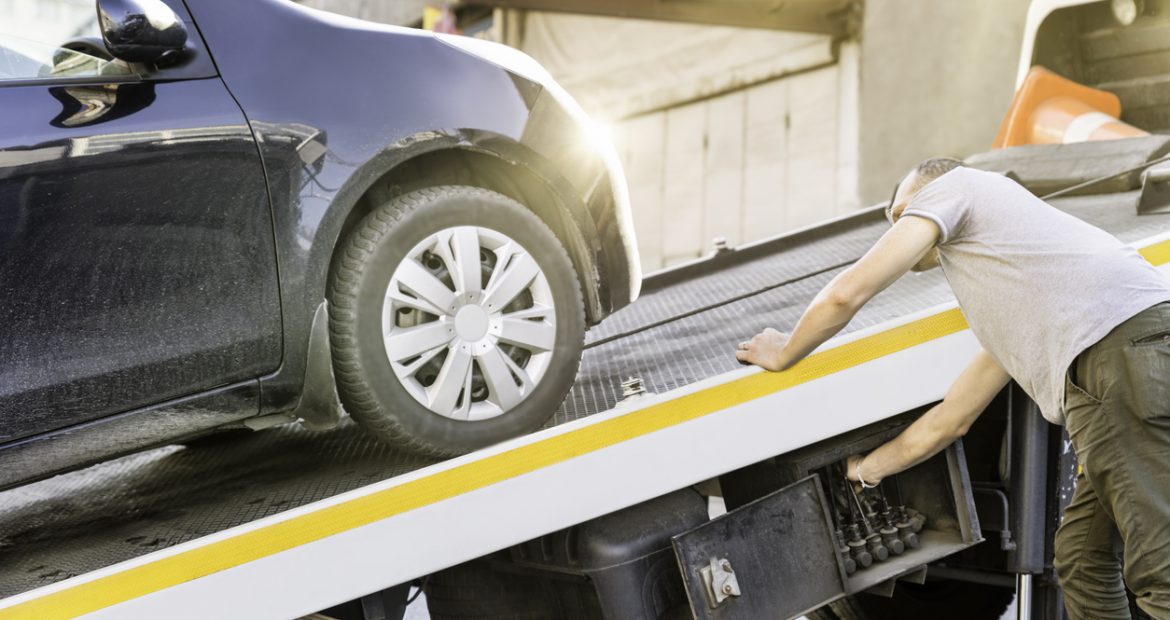If you’ve ever tried to import a car to the US, you’ll know that it’s fraught with problems. A car licensed in Canada is permitted to reside in the US for a year. After that, you’ll need to import it permanently or ship it back. It may sound simple but there are multiple hoops you’ll need to jump through to make sure your Canadian-registered vehicle is considered safe and road worthy in the US.
At Red River Freight, we’ve teamed up with DDM Imports, experts in the import and export of vehicles and equipment to the US. Together, we’ll take care of everything you need to do to import a vehicle to the US from Canada and ensure it meets all the legal requirements. What’s more, with our 25,000 square feet storage facility, we’ll store it and keep it safe and dry until you’re ready for it.
Get in touch with us today to see how we could help.
Looking to import a vehicle to the United States by yourself? Bear the following in mind:
1. There are lots of forms to fill in to import your vehicles into the US
Before you get started, you’ll need to complete various forms including the DOT Form HS-7 and the EPA Form 3520-1. It’s worth nothing that these requirements are subject to change so we’d advise that you check and re-check that you’re meeting the most current set of guidelines before you begin.
2. Your Canadian car will need to adhere to U.S. safety and bumper standards
All countries have a set of criteria that vehicles must meet, and the United States are no exception. Your vehicle will need to meet the Motor Vehicle Safety Act of 1966 (revised
under the Imported Vehicle Safety Compliance Act of 1988), the Motor Vehicle Information and Cost Savings act of 1972 (which became effective in 1978) and the Clean Air Act of 1968 (which was amended in 1977 and 1990).
If you’re importing a vehicle that has been designed to be sold in the US market, then you may be lucky and find that your vehicle already meets the standards. If not, it’s likely you’ll have to make amendments to your vehicle.
3. You’ll need to get CBP clearance
CBP or Customs and Border Patrols are a federal agency who facilitate international travel and trade. In order to secure clearance, you’ll need to provide the CBP with all of your documentation in good time. This documentation includes:
- Shipper or carrier’s original BOL
- The bill of sale
- Foreign registration
- EPA forms
- DOT forms
If things are starting to feel a little overwhelming and you’d like some help, get in touch. Otherwise, read on for the final two steps.
4. Your Canadian vehicle must meet US emissions standards
All vehicles imported into the U.S. have to conform to the EPA’s emission standards requirements. If your vehicle has a label stating that it is certified to United States EPA federal emission standards, you shouldn’t have any issues.
More often than not, your vehicle won’t have a label indicating EPA certification but it may have an emission control system that has been certified in the U.S. If you fit into either of these categories, good news, all you need to do now is obtain a letter of compliance from the vehicle manufacturer’s U.S. representative stating that it complies with all U.S EPA regulations.
If your vehicle has neither an emission control system identical to one certified by the EPA or an EPA, you may be able to apply for a written letter of exemption from the EPA which must be obtained prior to importing your vehicle. Otherwise, you will have to use an Independent Commercial Importer and post bond.
5. Before you import a car to the US, it must be spotlessly clean (and preferably empty of any personal belongings)
The DOA requires the undercarriage of imported cars be completely free of any foreign soil. This means, you’ll need to have the undercarriage steam-sprayed or cleaned thoroughly before shipment to prevent the vehicle being turned away at the border. It’s also best to ensure your vehicle has no personal possessions or belongings in it. Many carriers will simply not accept a vehicle that has belongings inside and you’ll need to declare every item to the CBP on arrival – failure to mention something can result in a fine or seizure.
The final word
In short, importing a vehicle to the US is a complex process. The five steps above are a guide but they’re a good place to start. If you’d rather someone else do the heavy lifting then, thanks to our partnership with DDM imports, we can take care of it.
Get in touch for more information about how we can make the process of importing Canadian vehicles to the US a breeze.


